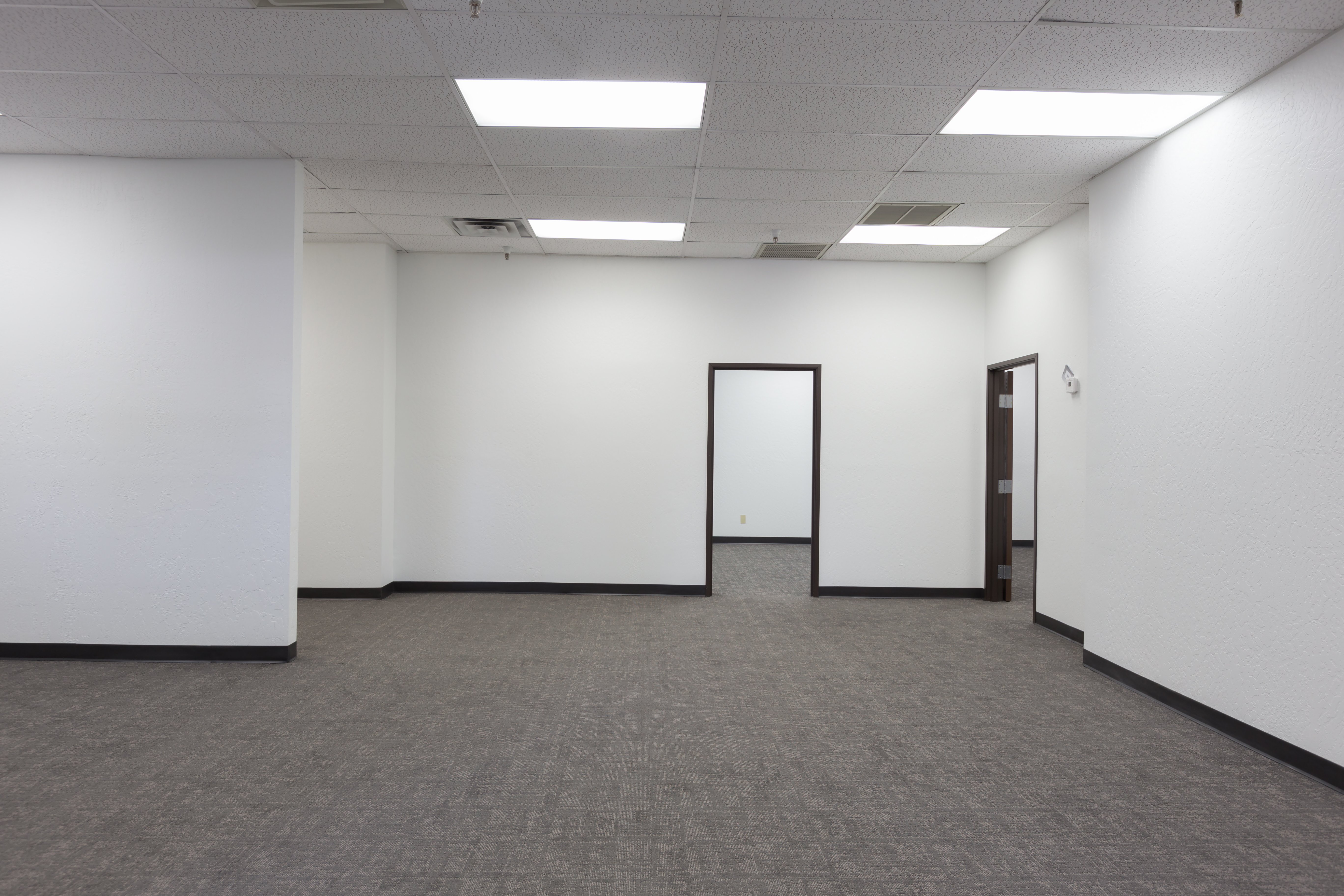Our two previous blogs examined challenges to establishing and maintaining a space baseline: accounting for pipeline projects and tracking GSA re-measurements. The final challenge in this series also applies to GSA tenants – the potential for delays in the GSA rent records after an agency renews a GSA occupancy agreement (OA).
Challenge 3: Time Lag in Updating Rent Records and GSA Occupancy Agreements
GSA occupancy agreements are typically issued for five- or 10-year terms and are often renewed at the end of the period with little or no changes to the space (changes may include tenant improvements, updated rental rates, and the re-measurements that we described in our previous blog in this series).
However, even though the agency continues to occupy the space without interruption between the expiration of an OA and the issuance of a renewed OA, there can be a delay in the newly updated OA appearing on the rent bill. When this happens, the agency has reduced its space, as the USF drops off the rent bill without a replacement. When the renewed OA reappears on the rent bill, it appears the agency has increased its space, even though no actual space change has occurred.
Timely GSA Occupancy Agreements
In our experience, GSA quickly updates its rent records with renewed GSA occupancy agreements – within one to three months. However, there are instances when it can take months or even years for a replacement OA to reappear on a rent bill, again making it appear that the agency’s space has decreased during that time lag.
Establishing a “Freeze the Footprint” baseline USF and tracking the ongoing changes is not as simple as totaling the space occupied on a given date. Still, it is the first step in a comprehensive space reduction strategy.
As discussed in this blog series, an agency’s total USF can fluctuate for several reasons – when pipeline projects are completed when GSA re-measures space, and when there is a delay between when an OA expires and reappears on the rent bill.
Developing a regular and consistent methodology to track these fluctuations and the changes that occur as projects are completed is essential for maintaining accurate records and accounting for the actual reductions in space over time.










.jpg)


.jpg)
.jpg)
-1.jpg)
.jpg)
.jpg)
.jpg)
.jpg)
.jpg)

